This article is your guide to the best ways to heat a basement in the winter. The best thing you can do is seal leaks and make sure your insulation is sufficient, but there are plenty of things you can do to keep your basement warm.
So, if you want to learn the best ways to heat a basement, keep reading.
Here at The Energy Professor, we want to give you the information you need to not only save money on your energy bill but to also become more energy efficient. We hope you find this post helpful! And it makes it easier for you to know more about the best way to heat a basement. Be sure to also check out our one-of-a-kind energy savings calculator!
The Energy Professor Electricity Rate Check Tool
What is the Best Way to Heat a Basement?

The best way to heat a basement largely depends on specific factors such as the basement’s size, layout, existing insulation, and how you intend to use the space. Some homeowners might find success with portable heaters for occasional use, while others may require more permanent solutions like installing additional HVAC vents. The key is to evaluate your space and needs carefully, considering both efficiency and cost-effectiveness.
Best Basement Heating Options
- Seal Leaks & Cracks
- Add More Insulation
- Install Carpeting or Rugs
- Invest in Space Heaters
- Add Additional Vents to Your Existing HVAC System
When it comes to heating a basement, the “best” method often depends on your specific situation – the layout of your home, your budget, and your heating needs. However, some options consistently rise to the top for their efficiency and effectiveness. In the following section, we will explore the “5 Best Tips on Heating a Basement.” These tips are tailored to enhance your basement’s warmth efficiently. Specifically focusing on practical solutions that cater to different types of basements and homeowner needs. Let’s begin our journey towards a warmer, more inviting basement this winter!
Related Post: 15 Winter Energy Saving Tips
5 Best Tips on Heating a Basement
#1 – Seal Leaks and Cracks
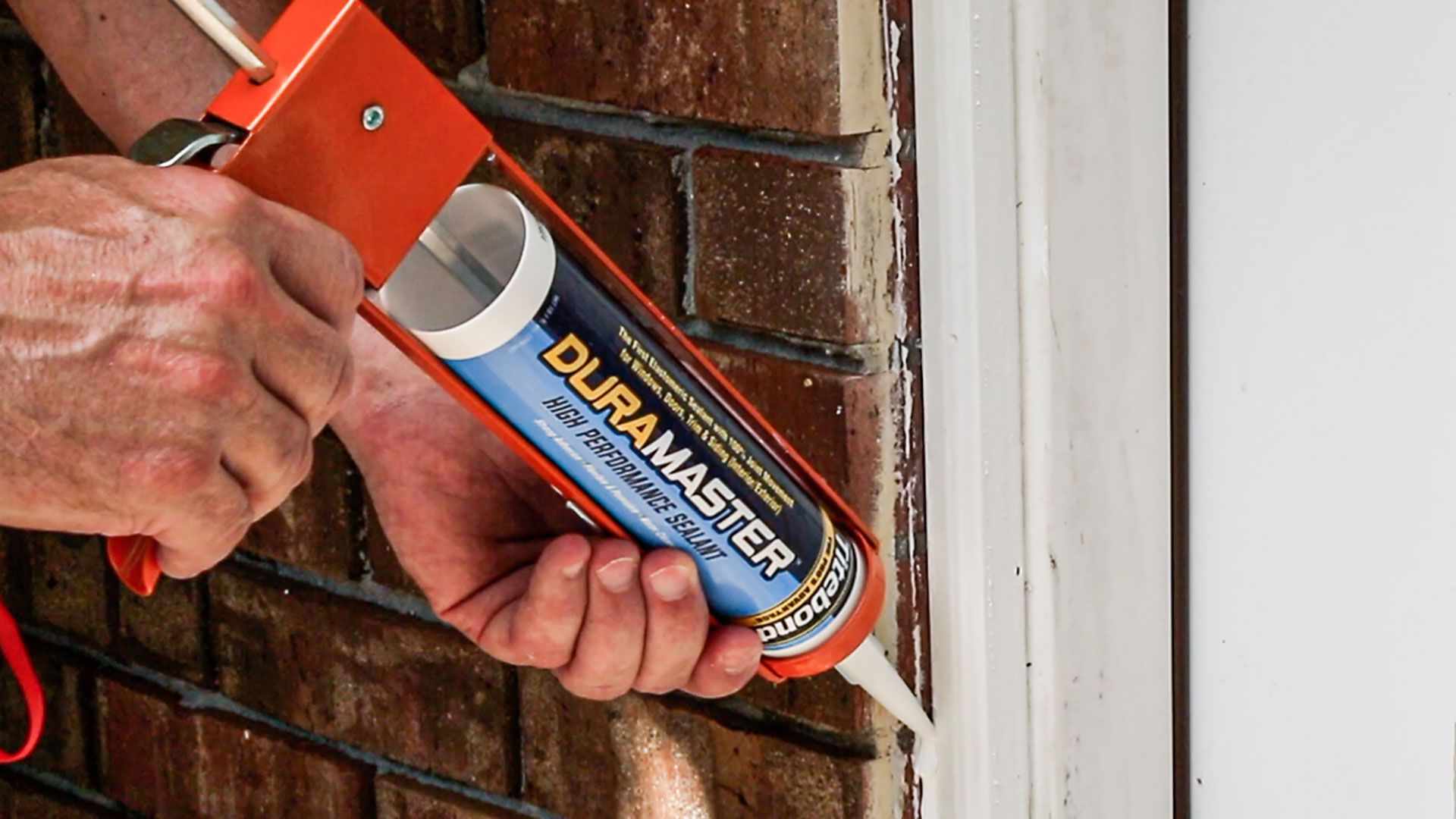
Difficulty: 2/5
Cost: $3 – $6 per linear foot
How to: Caulking windows are doors is relatively simple! Cut the tip of the caulk tube at a 45-degree angle. Using a caulking gun, apply the caulk smoothly along the seam between the window frame and the wall. Hold the gun at a consistent angle and apply steady pressure for an even application.
Why This Works: One of the most cost-effective ways to improve basement heating is to seal any leaks and cracks. Often, cold air infiltrates through gaps in the foundation, windows, or doors, making your heating efforts less effective. By using caulk or weather stripping to seal these openings, you can significantly reduce drafts and heat loss. This simple step not only warms your basement but also cuts down on your overall heating bill.
Related Post: What are Energy-Efficient Windows?
#2 – Add More Insulation
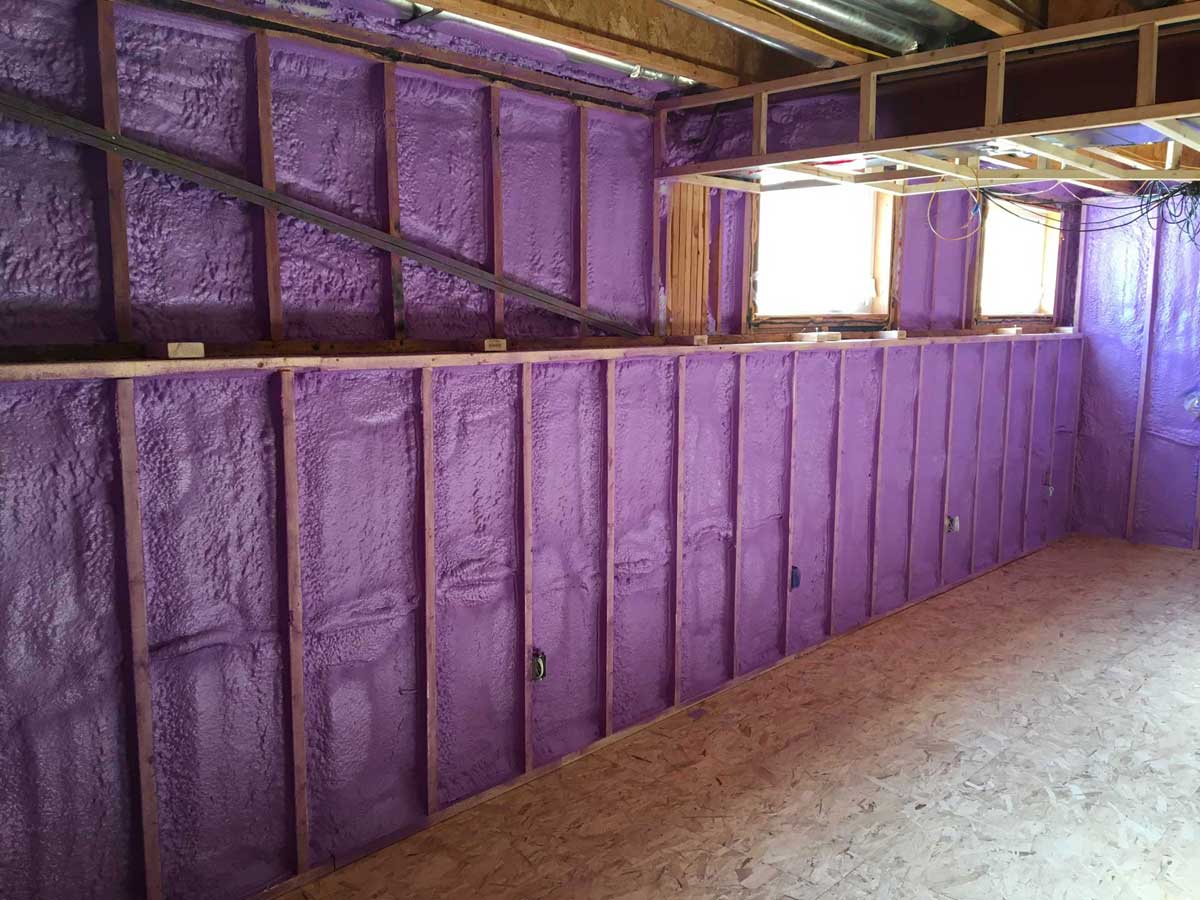
Difficulty: 4/5
Cost: $1,800 – $3,000
How to: While insulating a basement seems to be a simple task, it’s best left to the professionals. Foam insulation is generally better for higher insulation value and preventing air leaks, but it’s more expensive and usually requires professional installation. Fiberglass insulation is cheaper, easier to install yourself, and still provides good insulation, but it’s not as effective at blocking air leaks and can lose effectiveness if it gets wet.
Why This Works: Insulation is key in maintaining a warm basement. Many basements are under-insulated, which leads to significant heat loss. Adding insulation to the walls and ceiling can greatly improve your basement’s temperature in winter. Insulation materials like fiberglass, spray foam, or rigid foam boards can be used to bolster your basement’s defense against the cold.
Related Post: How to Weatherize Your Home and Save on Energy
#3 – Install Carpeting or Rugs
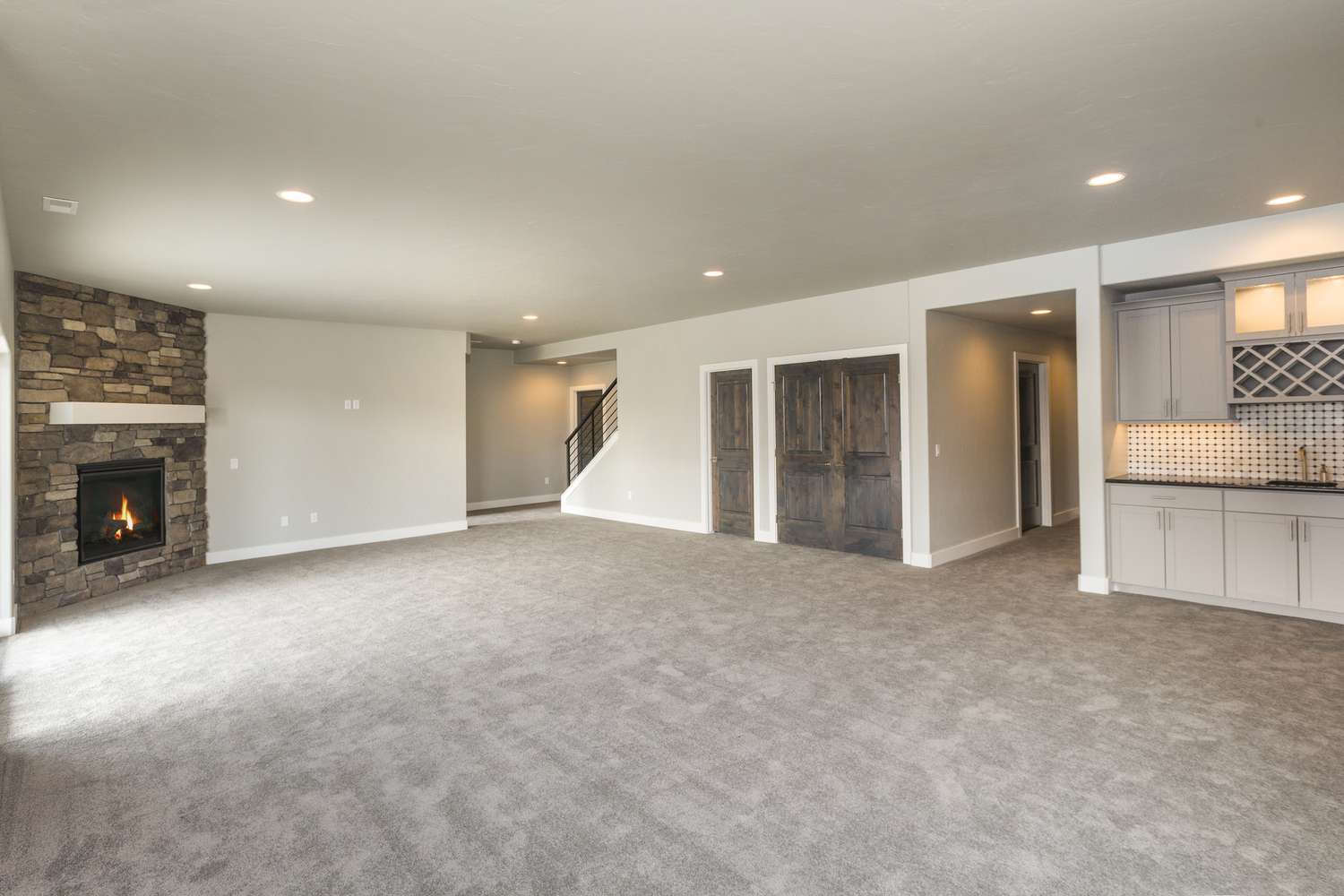
Difficulty: 4/5
Cost: $1,000 – $6,000
How to: To carpet a basement, start by measuring the area to know how much carpet and padding you need. Clean and level the floor, then lay down a moisture barrier to protect against dampness. Next, install the padding, followed by rolling out the carpet. Trim the carpet to fit, secure it in place, and finish by tucking the edges neatly against the walls. This can be a DIY project with the right tools and some patience.
Why This Works: A simple yet effective method for how to make a basement warmer is to cover cold, hard floors with carpeting or rugs. This not only adds a layer of insulation but also makes the space more comfortable underfoot. For basements with concrete floors, this can be a game changer in terms of warmth and overall ambiance.
Related Post: 6 Tips for Better Air Circulation
#4 – Invest in Space Heaters
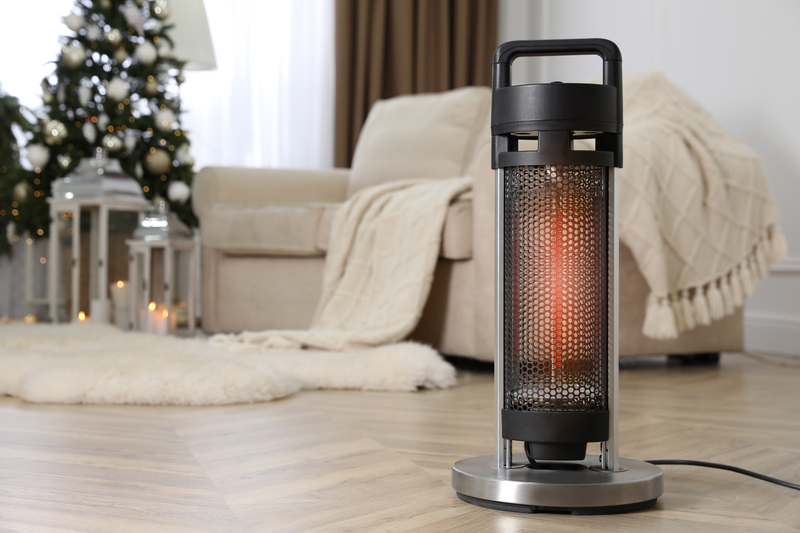
Difficulty: 1/5
Cost: $20 – $300
How to: Space heaters are a great option when looking to heat your basement for cheap. All you need to do is simply plug it in! While the actual device is inexpensive for the most part, it will drive up your energy bill. So be aware of when the best times to run your space heater are!
Why This Works: When considering basement wall heaters or portable options, space heaters can be an excellent choice. They provide targeted heating, making them ideal for basements used as living spaces or home offices. When selecting a space heater, look for energy-efficient models and always follow safety guidelines to prevent fire hazards.
Related Post: How Much Does it Cost to Run a Space Heater?
#5 – Add Additional Vents to Your Existing HVAC System
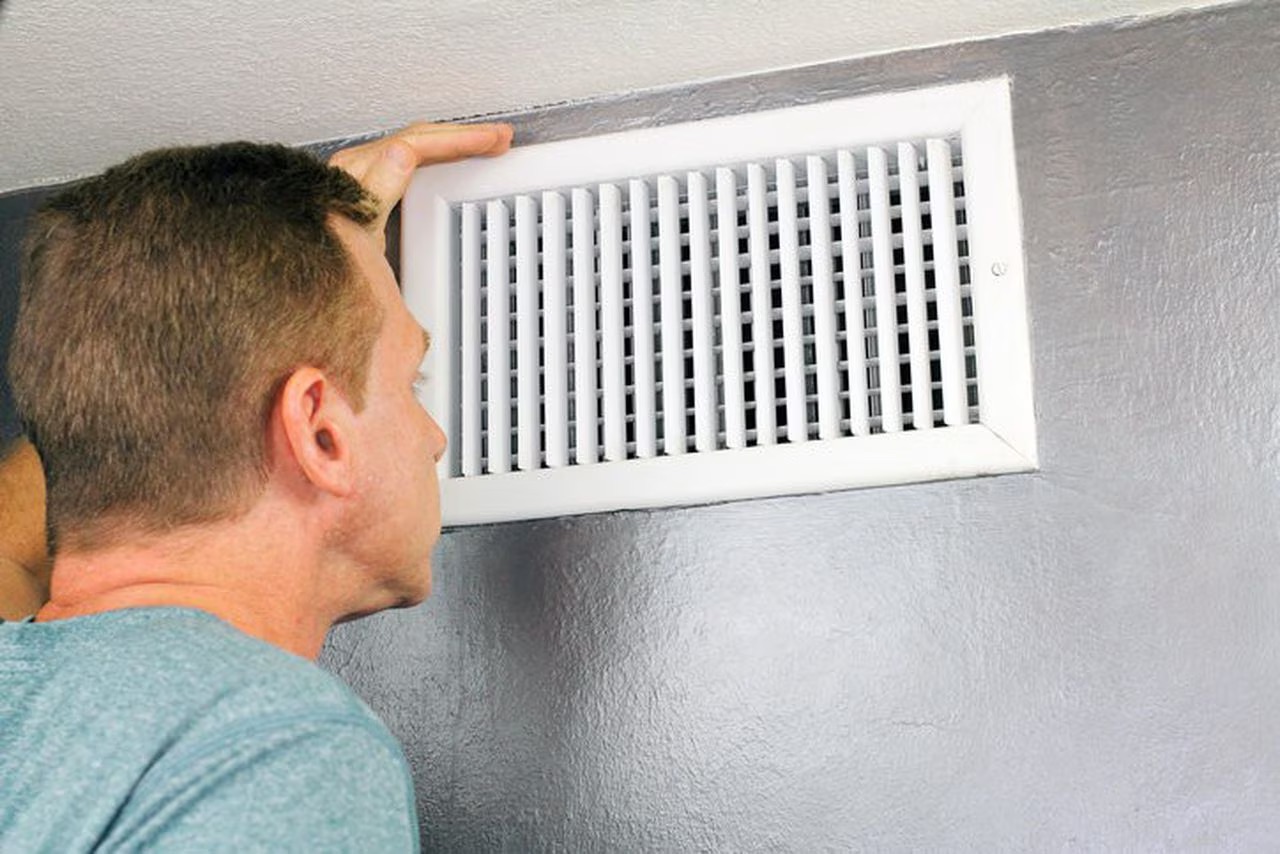
Difficulty: 5/5
Cost: $1,000 – $5,000
How to: Adding vents to a basement typically involves extending your home’s existing HVAC system. It’s a process that often requires professional skills due to the complexities of working with heating and cooling systems and ensuring proper airflow. While most of these tips can be DIY projects, this one is best left to the professionals.
Why This Works: If your home has a central HVAC system, adding additional vents to service the basement can be an effective way of heating a basement in winter. This approach ensures that your basement is included in the overall heating plan of your house, providing consistent warmth. However, this option may require professional installation and adjustments to your existing system.
Related Post: How Much Does it Cost to Run Your AC?
Are Basements Warmer in the Winter?
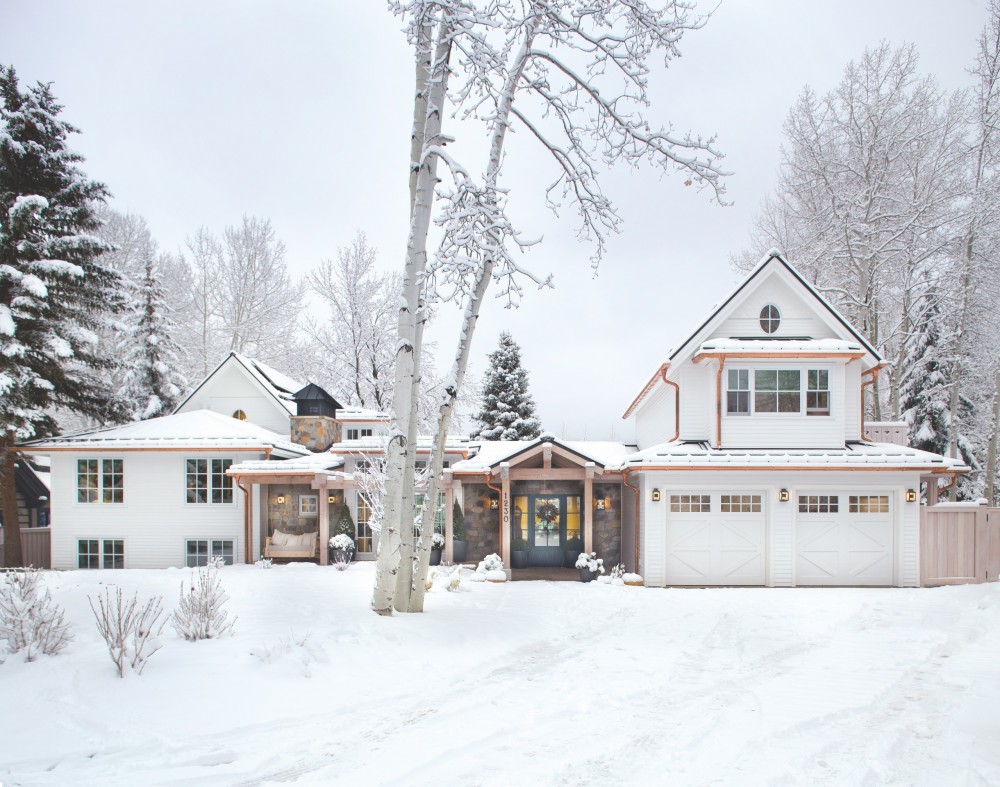
The common belief that basements are naturally warmer in winter is often misleading. Without proper heating and insulation, basements can become exceedingly cold, especially in harsh winter climates. The surrounding earth does provide some insulation, but this is usually insufficient against severe cold. This misconception highlights the need for effective heating and insulation methods in basements. As temperatures plummet, the cold easily penetrates these underground spaces, necessitating proactive measures to maintain comfort and manage energy efficiency. Recognizing this, homeowners must consider tailored solutions to keep their basements warm and comfortable throughout the winter season.
How to Keep an Unfinished Basement Warm in Winter
- Sealing leaks, adding insulation, and using space heaters can collectively make a significant difference. Even in an unfinished space, these methods can help maintain a more comfortable and consistent temperature.
Effective basement heating is all about understanding your space and using the right combination of techniques to suit your needs. Whether it’s sealing leaks, adding insulation, or investing in heating appliances, each step brings you closer to a warmer, more inviting basement this winter. Remember, the best way to heat a basement is to tailor the approach to your unique home and lifestyle, ensuring comfort and efficiency throughout the colder months.
Heating a Basement for the Winter FAQ

Q: What’s the best way to heat a basement?
A: The best method depends on your basement’s layout, insulation, and usage. Options range from portable heaters for occasional use to more permanent solutions like adding HVAC vents or installing radiant floor heating.
Q: How can I keep my unfinished basement warm in winter?
A: For an unfinished basement, focus on sealing leaks, adding insulation, and using space heaters for targeted warmth.
Q: Is it expensive to add insulation to a basement?
A: The cost varies depending on the insulation type and the basement size. Fiberglass is typically more affordable, while foam insulation offers better thermal resistance but at a higher cost.
Q: Can I install the carpet in my basement myself?
A: Yes, with the right tools and patience, installing carpet in a basement can be a DIY project. Just remember to start with a moisture barrier.
Q: How do I choose between a space heater and a basement wall heater?
A: Consider the size of the area you need to heat, your budget, and whether you want a permanent installation or a portable option.
Q: What should I do if my basement gets too cold in the winter?
A: Start by checking for drafts and insufficient insulation. Improving these can significantly increase warmth. If these measures aren’t enough, consider additional heating options like space heaters or HVAC modifications.
Q: Is it safe to use a space heater in a basement?
A: Yes, as long as you follow safety guidelines, such as keeping the heater away from flammable materials and not leaving it unattended.
Do you Need Cheaper Electricity?
If you’ve taken the time to understand the information on your bill and discovered you’re paying more than you’d like for your electricity, have you looked around for a cheaper deal? The Energy Professor has a wealth of information on ways to save on your utilities, including details of top deals that could significantly reduce your monthly or quarterly electricity bills.
We hope you found this article helpful! If you are looking for ways to increase energy efficiency and sustainability in your home be sure to take a look at all of the latest renewable energy options in your area. The Energy Professor helps residential and small business owners find qualified energy suppliers in New York, New Jersey, Pennsylvania, Texas, Ohio, Maryland, Illinois, and Massachusetts.


